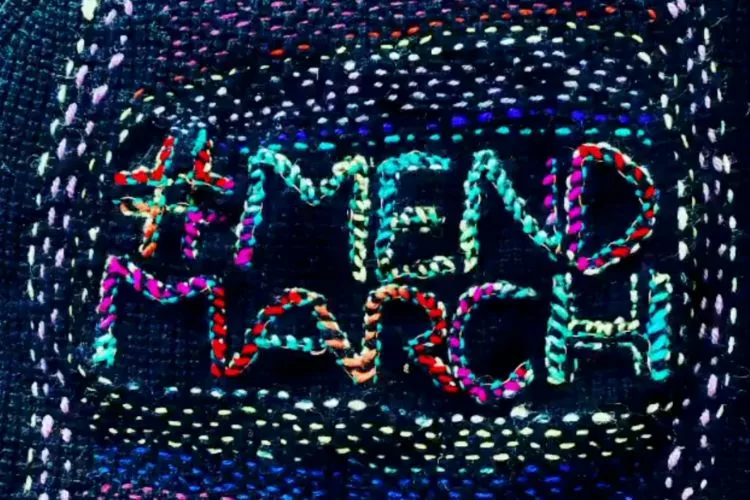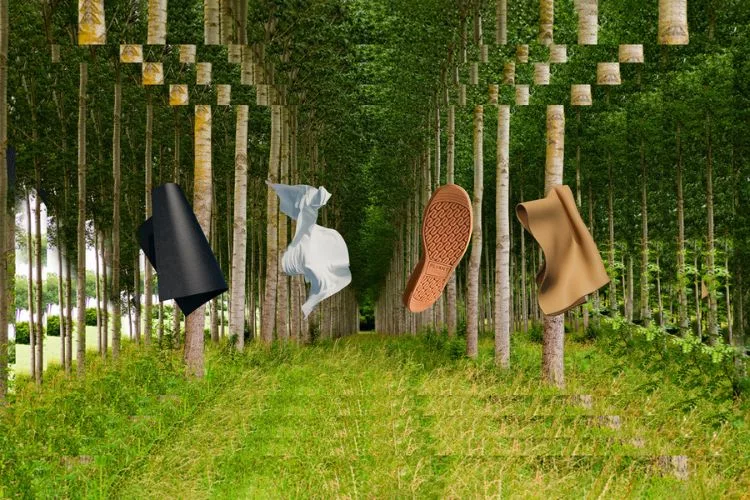If you were a fan of Project Runway you should get to know the Redress Design Competition.
The No Kill Mag community loves fashion and so naturally we were avid watchers of Project Runway and even tried Making the Cut. But the token sustainability just didn’t “cut it” for us. LOL And we’re saddened that someone as seemingly intelligent as Tim Gunn doesn’t get it. (but I digress!) And let’s be honest: much of these design competitions are custom made for reality TV and not so much about the work at all.
So if you’re at all like us and love fashion competitions but hate fashion waste then you need to know about Redress! While not a reality show, it’s a legit competition featuring super talented young designers from around the world –with a brief to design sustainably. And it’s just finished it’s 12th year!
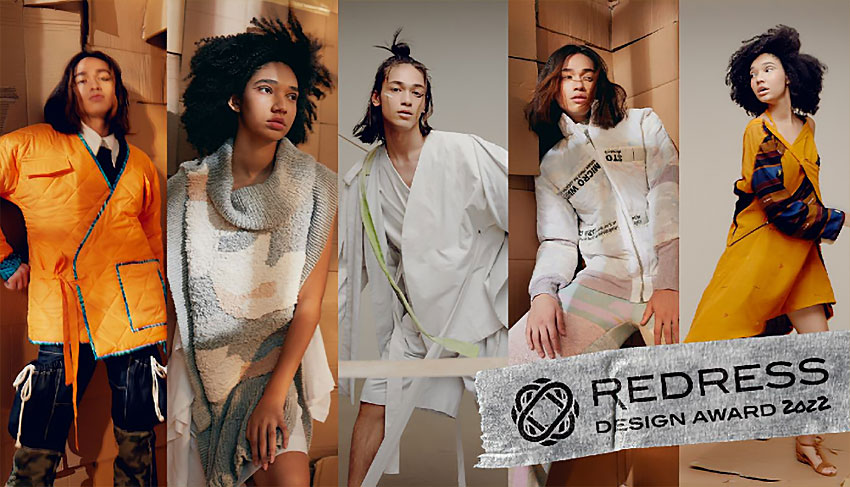
What is the Redress Design Award?
The Redress Design Award is the culmination of the world’s largest sustainable design competition. The goal isn’t simply to “find the next global fashion brand”. Redress aspires to something better. Over the course of the competition they educate aspiring designers about what makes ethical and sustainable fashion. At the same time they encourage innovative thinking to transform the status quo of the industry. The judges aren’t pop stars or traditional designers but people in the fashion industry truly advocating for change. Notable judges include Desiree Au, Founding Publisher of Vogue Hong Kong; Sean Cady, Vice President Global Sustainability and Responsibility of VF Corporation; and Orsola de Castro, Fashion Revolution Author and Co-founder.
The whole fashion industry and academia must take educating designers seriously. It’s thought that 80% of a product’s environmental impact is decided at the design stage.
Christina Dean, Founder of Redress

Redress knows the fashion industry, in its current form, is unsustainable, and reducing waste is critical. Since 2002, global clothing production has more than doubled, the average consumer buys 60% more, and each garment is kept for half as long. Every second, the equivalent of one garbage truck of textiles is landfilled or burned, and just 1% of clothing is recycled back into clothing, with 73% of clothing going to landfill. On fashion’s current trajectory, compared to 2017, textile waste is estimated to increase by 60% by 2030 and the fashion industry is projected to use 25% of the world’s carbon budget by 2050.
And yes, we should consume less but also changing how things are made is a crucial piece of the puzzle. Something we find interesting is that you’re not required to be a “sustainable designer” to enter the competition. Educating designer’s is built into the process in a collaborative approach. This year’s award kicked off with an online education program, equipping designers with knowledge of circularity and fashion. After this cycle, those who were shortlisted worked on two projects.
The first challenge required the designers to come up with innovative 3D designs utilizing material waste in the current supply chain.
In the second challenge, the task was a bit more demanding: designers needed to create activewear fabric out of textile waste, and this time the product needed to be 100% natural fiber i.e. plastic free.
Both projects were hosted by real apparel companies, enabling the designers to gain valuable on-job experience. Throughout all cycles of the competition, participants were supported with ongoing career guidance, connections, and opportunities offered by Redress alumni network, consisting of 240 designers working in over 40 countries. The final showcase of the 2022 finalists was displayed at Hong Kong’s ArtisTree in Taikoo Place from 9 to 16 September. The great thing about this showcase was that visitors could virtually try on the displayed outfits using augmented reality filters on Snapchat, and it was free admission!
Federico Badini Confalonieri: Winner
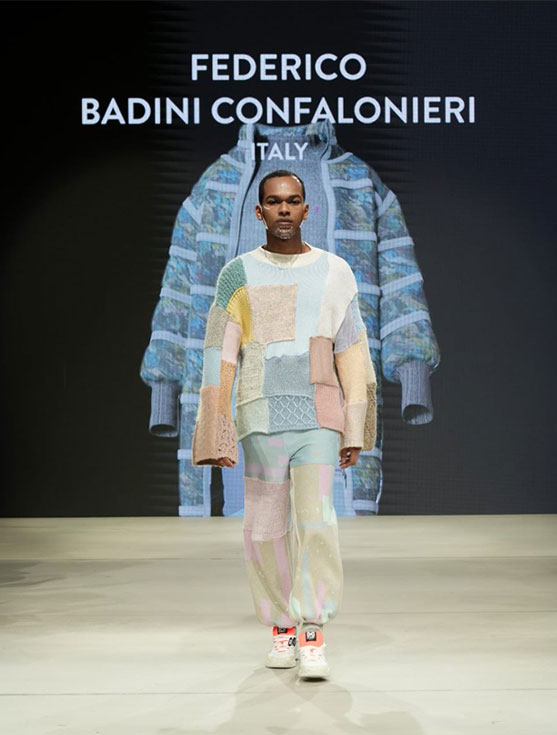
I developed my own narrative that tells a story about social, environmental justice, and class war in the era of climate change, while reflecting on masculinity today
–Federico Badini Confalonieri
This year, the Redress Design Award 2022 First Prize winner was Federico Badini Confalonieri from Italy. He has an MA in Fashion Design – Menswear from the London College of Fashion, UK, and BA in Knitwear Design from the Polytechnic University of Milan, Italy. Using Zero-waste, Upcycling, and Reconstruction design techniques, Federico’s collection for Redress Award, Micro-Rain, featured “waste negative” puffer jackets filled with the collection offcuts to reuse the waste created by other garments.
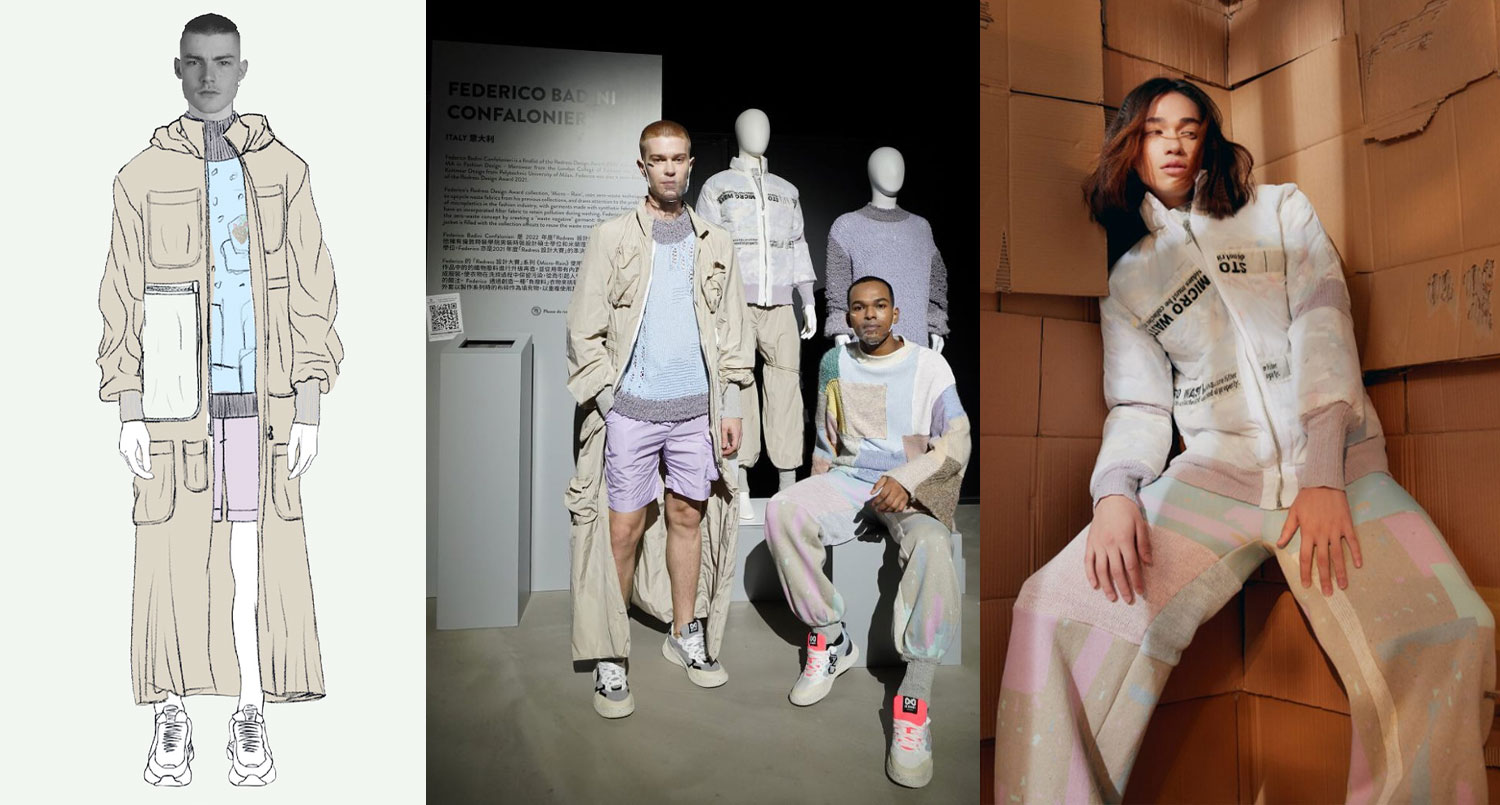
In his collection ‘Micro – Rain’, Federico upcycles waste fabrics from his previous collections using zero-waste techniques, creating fully fashioned knitwear and even challenging the zero-waste concept with a “waste negative” puffer jacket filled with collection offcuts.
As a solution to microplastic pollution, garments made with synthetic fabrics have been created with a layer of filter fabric with sealed seams to prevent the release of microplastics. Federico also designed the garments to be packable, allowing them to be sealed inside a hidden pocket made with filter fabric which doubles as a washing bag.
In designing for recyclability, many of the materials Federico sought out are made from mono-fibers. To aid consumers in managing garments’ end of life, his brand also offers a takeback scheme that promotes upcycling. “Creativity, innovations, and aesthetics all have the great potential to help build a better planet together,” he shares.
Ashutosh Panda: Runner up
Ashutosh was also inspired by the traditional Ikat handloom art in his hometown of Sambalpur, Odisha in India. “My vision is to make this handloom craft more beautiful and powerful by following the same circular design principle,” shares the designer, who holds a Postgraduate Diploma in Fashion Designing from Pearl Academy, India.
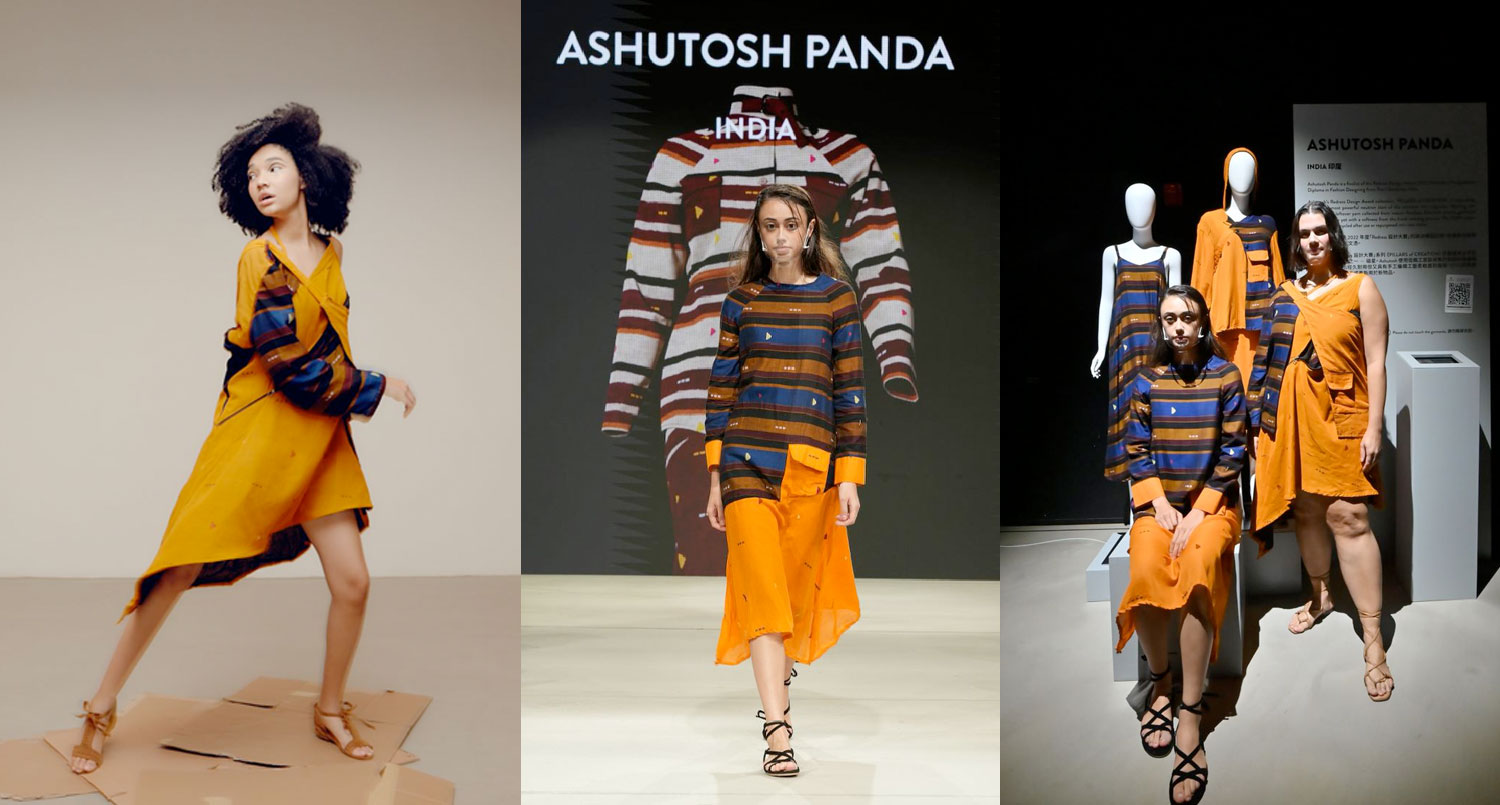
In his collection ‘PILLARS of CREATION’, Ashutosh weaves new fabrics out of leftover yarn collected from a weaver family in a small village in Bargarh, Odisha. While Ikat weavers tend to buy new yarns and tie-dye them in different colours and patterns, Ashutosh recognised an opportunity to do something different, instead collecting their warp and weft yarn scraps to build his collection. He also sources trims from old garments.
Tightly weaving the yarns in the handloom creates a high-quality and durable fabric, contributing to its longevity. Additionally, the handweaving process produces a softness that can be felt and appreciated by the wearer for a long time to come. As the yarns are made fully from cotton, the garments are also highly recyclable.
Colours are carefully chosen so they can be repeated throughout the fabrics and motifs. Since the rescued yarn is already available in multiple colours, the design reduces the usage of water and chemicals that would otherwise have gone into the dyeing process.
Observing that some weavers are leaving their profession because their craft cannot support their families, Ashutosh hopes to advocate for them through revitalising their yarn. “In order to make fashion more sustainable, we have to take action from the grassroots level, as I have done by using these yarns and embracing the luxury of handcraft.”
Federico Badini Confalonieri will join Timberland in the creation of its Lunar New Year 2024 collection. While we wait for the culmination of Frederico’s project, check out that of Le Ngoc Ha Thu, winner of the 2020 award, a limited edition 3-in-1 waterproof jacket, celebrating the Chinese Year of the Tiger.
Related Articles
Redress Design Award Winner Le Ngoc Ha Thu
From the end of the world to the top: Sustainable Fashion Designer Juliana Garcia Bello
Interview with Designer Aisling Duffy



